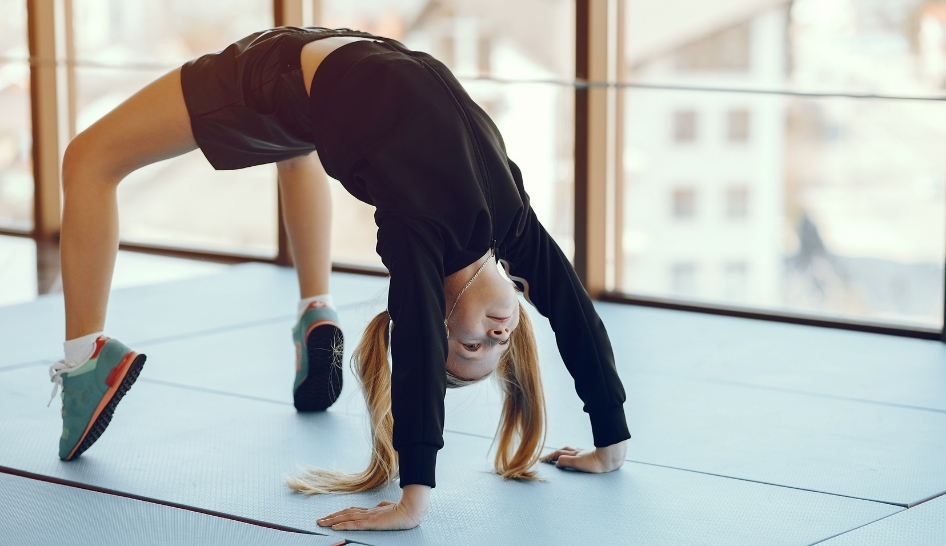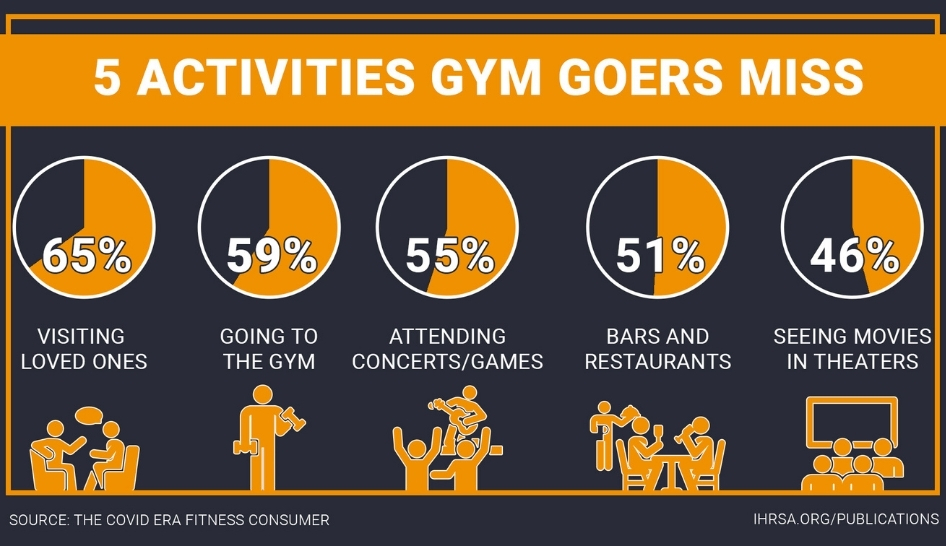Since the COVID-19 pandemic began, IHRSA has been compiling available evidence on modes of COVID-19 transmission, the relationship between physical activity, health status, and COVID-19 outcomes, and the impacts of COVID-related restrictions on physical and mental health. This evidence is compiled in the IHRSA Global Data Memo. This article highlights the three key conclusions to which available evidence points:
- Health clubs operating with strict COVID-19 mitigation protocols in place are not high-risk environments for COVID-19 transmission, and offer an important venue for physical activity.
- Data shows a relationship between poor metabolic health and less healthful lifestyles, and more severe COVID-19 outcomes.
- COVID-19 restrictions have negatively impacted both physical activity and mental health.
Physical Activity Is Essential for Physical, Mental, and Emotional Health
According to new guidelines released by the World Health Organization (WHO), physical activity confers a number of health benefits for adults including:
- Helping to prevent and manage cardiovascular disease, type 2 diabetes, and cancer,
- Reducing depression and anxiety symptoms,
- Improved thinking, learning, and well-being.
In children, physical activity is beneficial for:
- Physical fitness
- Cardiovascular health,
- Bone health,
- Cognitive health,
- Mental health, and
- Reduced adiposity (excess fat).


